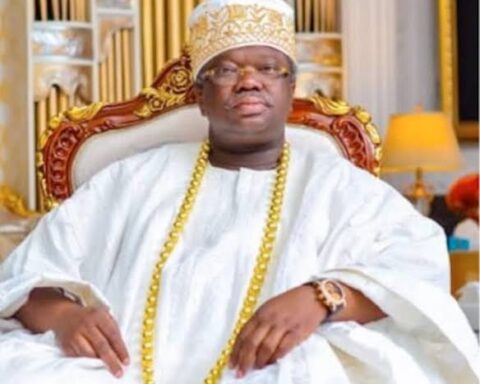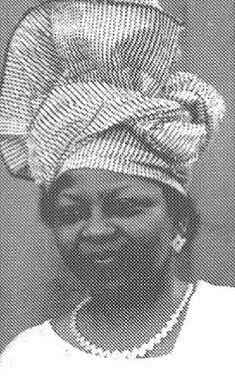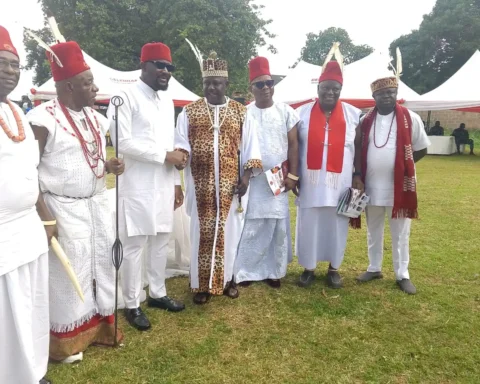Fashion is more than just clothing; it’s a powerful form of self-expression, a reflection of culture, and a significant driver of economic activity. From its historical roots to contemporary trends, fashion is a multifaceted field that influences and is influenced by various aspects of society.
Fashion, as we know it, has evolved dramatically over centuries. Ancient civilizations had their own unique styles, influenced by climate, available materials, and societal structures. For example, in Ancient Egypt, linen garments were common, reflecting the hot climate, while in Ancient Greece, draped garments like the toga were popular.
During the Middle Ages, fashion was largely determined by class and status. The use of luxurious fabrics and intricate embroidery indicated wealth and nobility. The Renaissance period, however, brought a renewed interest in art and culture, which influenced fashion. This era saw the introduction of more elaborate designs and the beginning of fashion as a form of personal expression.
The 18th and 19th centuries marked the rise of haute couture in Paris, establishing it as the fashion capital of the world. Designers like Charles Worth set the stage for modern fashion by creating custom-made garments for the elite. The 20th century saw rapid changes in fashion, driven by technological advancements, cultural shifts, and the rise of mass production. Iconic designers such as Coco Chanel and Yves Saint Laurent revolutionized women’s fashion, making it more practical and diverse.
Fashion trends and influence
Fashion trends are influenced by various factors, including cultural movements, technological innovations, and social changes. The rise of the internet and social media has accelerated the spread of fashion trends, allowing styles to circulate globally at unprecedented speeds. Fashion weeks in cities like Paris, Milan, and New York showcase upcoming trends, setting the stage for what will be popular in the coming seasons.
Trends can be cyclical, with styles from past decades making comebacks. For instance, the 1990s saw a resurgence of vintage styles, such as oversized jackets and denim skirts. Today, sustainability is a significant trend, as consumers and designers become more aware of the environmental impact of fashion. Brands are increasingly adopting eco-friendly practices and materials, reflecting a broader societal shift towards sustainability.
Fashion and culture
Fashion is deeply intertwined with cultural identity. It can reflect and shape social attitudes, political movements, and historical events. For instance, the flapper dresses of the 1920s symbolized women’s liberation and the Jazz Age’s exuberance. Similarly, the punk fashion of the 1970s was a statement against the mainstream and a reflection of counterculture values.
Fashion also plays a role in shaping cultural norms and expectations. It influences how individuals perceive themselves and others, often reinforcing or challenging societal standards. The representation of diverse body types, genders, and ethnicities in fashion is an ongoing discussion, with the industry gradually becoming more inclusive.
The economic impact of fashion
Fashion is a major economic driver, contributing significantly to global economies. The industry encompasses a wide range of activities, from design and manufacturing to retail and marketing. Major fashion hubs like Paris, Milan, and New York generate substantial revenue through fashion shows, high-end boutiques, and tourism.
Moreover, the rise of fast fashion has transformed the industry, making trendy clothing more accessible and affordable. However, this model has also raised concerns about environmental sustainability and labor practices. As consumers become more conscious of these issues, there is a growing demand for transparency and ethical practices within the fashion industry.
Fashion is a dynamic and influential field that reflects and shapes the world around us. From its historical origins to its current trends, fashion remains a powerful form of self-expression and cultural commentary.
As the industry continues to evolve, it faces both opportunities and challenges, particularly in addressing environmental and ethical concerns. Understanding fashion’s past and present provides valuable insights into its role in society and its impact on individuals and cultures worldwide.



























